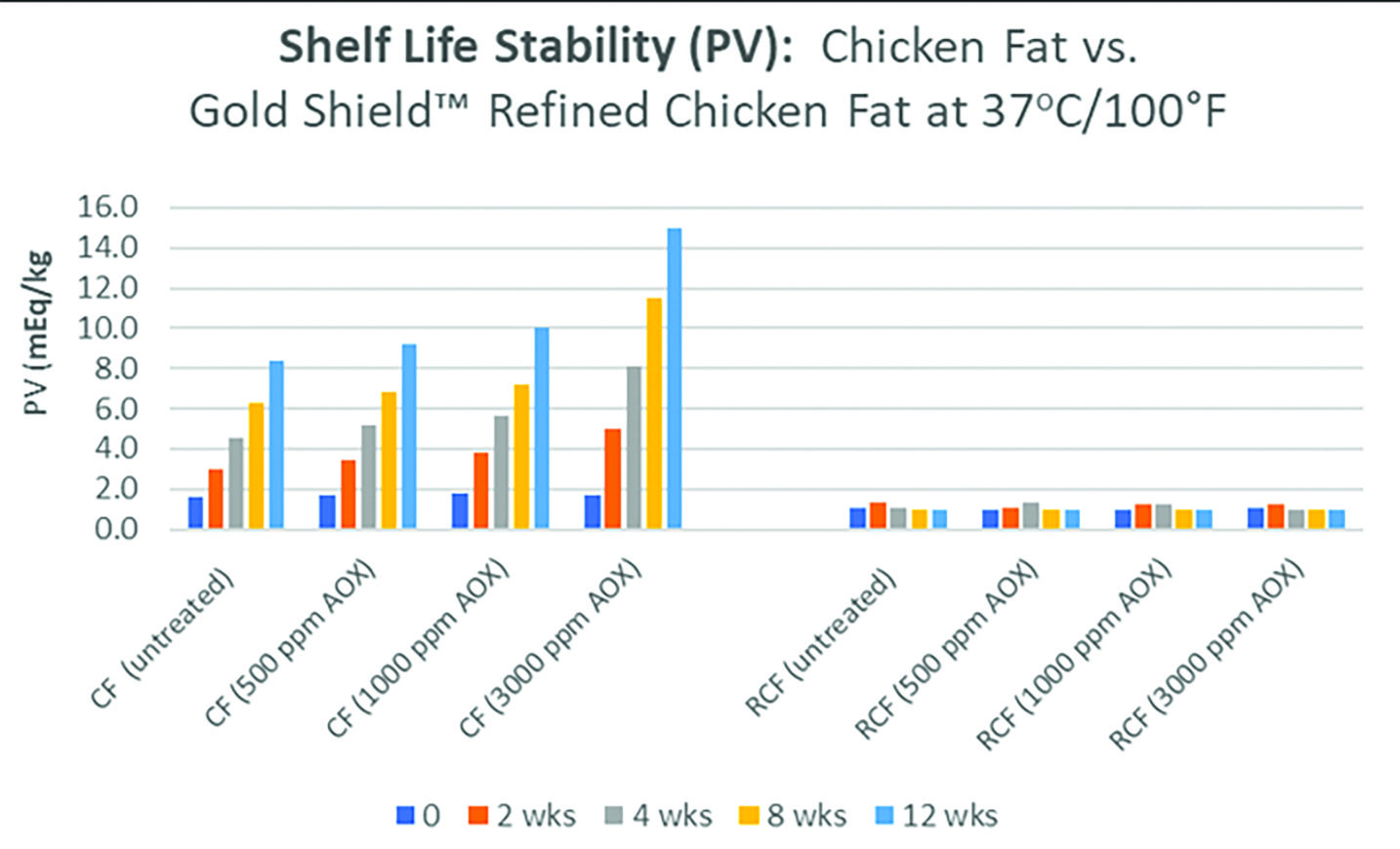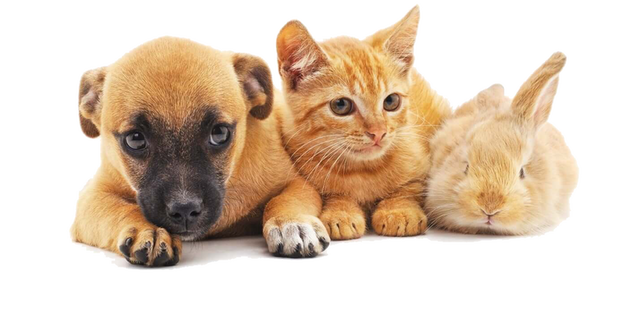Panel discussion on...
Pet food
Purer ingredients lead to safer more nutritious pet food
Two important trends are being observed in pet foods today. The first trend is the humanization of pet food with the preference of consumers for pure and nutritious pet food that has been proven through scientific studies. The second trend is heightened awareness of product safety. The FDA has a zero-tolerance policy for Salmonella in pet diets, but Salmonella contamination continues to be the leading cause of recalls of pet food (1). Salmonella contamination of dry pet food has been directly linked to human infection - often in small children (2).
Researchers in academia and the industry continue to evaluate new methods to reduce the contamination risk through the study of where the contamination occurs (3) and the evaluation of the efficacy of new additives (4). Contamination of pet food most often occurs through contamination of the chicken fat ingredient, since it is typically added to coat the extruded pellet after the high temperature kill step in the process. Relatively low water activity products like chicken fat were once thought to not harbor Salmonella, but it is now known that if water is present (and it is almost always present due to water in transfer lines and vessels used during transportation) Salmonella can survive and grow in standard chicken fat (5).
We have taken a fundamentally different approach to reduce the risk of Salmonella contamination of chicken fat. Instead of utilizing additional additives, we have aligned with consumer’s desire for purer components in their pet’s diet. We have found that Salmonella utilizes the non-fat components in chicken fat (organic impurities, trace metals, salts, etc.) to grow and multiply, and we have invented a process to remove those impurities from standard chicken fat. The resulting purified fat is clear with low levels of insoluble impurities and is light in color (picture below).

As can be seen in Table 1, the new process does not alter the fatty acid composition, but it does remove trace metals, salts, and organic impurities (like nucleic acids, proteins, etc). Metals such as iron and magnesium are reduced beyond detectable levels and salts like phosphate and sulfate are reduced significantly.

Table 1. Comparison of Gold Shield® Refined Chicken Fat to standard chicken fat.
We have then compared the performance of the purified fat to the standard fat for multiple attributes. A key finding found in head-to-head Salmonella challenge studies, showed that purer chicken fat produced with tight specifications (as shown in Table 1) is resistant to Salmonella growth. We have exposed both standard chicken fat and Gold Shield® Refined Chicken Fat (6) in water in the presence of a tetrazolium dye to Salmonella cells. Tetrazolium reduction is considered to be proportional not only to the number of cells present but also to their metabolic activity (7). We then observed the changes in optical density. A graph of the results is shown in Figure 1. The curve for the standard chicken fat shows a steady increase in optical density as the Salmonella cells metabolize, grow, and multiply. The curve for Gold Shield® Refined Chicken Fat (RCF) is flat which shows no cell growth, directly attributable to the lack of essential nutrients in the refined fat. (8)

Figure 1. Comparison of Salmonella growth in Gold Shield® Refined Chicken Fat to standard chicken fat.
We also found that purer chicken fat also is more stable to air oxidation. Oxidized fat has been shown to have detrimental effects on canine health including on growth rate and immune functions (9). Our new process removes catalysts for oxidation (e.g., metals and enzymes). This results in a fat that is less susceptible to air oxidation over time and has a longer shelf life. Comparison of Peroxide Value (PV) over time of fats stored at 37oC is shown in Figure 2. No significant oxidation of RCF was observed over 12 weeks at this temperature (10). Again, purer products can lead to the need for fewer additives (in this case, antioxidants) and provide a safer more nutritious ingredient.

Figure 2. Comparison of Peroxide Value (PV) in Gold Shield® Refined Chicken Fat to standard chicken fat.
We believe that a better approach to meeting the needs of today’s consumers is to understand the inherent causes of key issues (like Salmonella growth and air oxidation). Then by applying this understanding, it is possible to provide purer ingredients that are both safer and more nutritious than the less pure standard ingredients. This ultimately better meets the needs of both pet food manufacturers and the consumer.
References and notes
- World Health Organization WHO, Food Safety key facts, Dec. 2022
- European Commission, EU toolbox of good practices, Feb. 2023
- https://www.shimadzu.com.au/industries/carbon-neutrality/food-agriculture/index.html
- Nature research, Cultivating gourmet meat in the lab, 2023
- https://www.eurekalert.org/news-releases/949329
- Evaluation of the Deliciousness of Meat Alternatives, Shimadzu Corporation, 2023

Panelists









